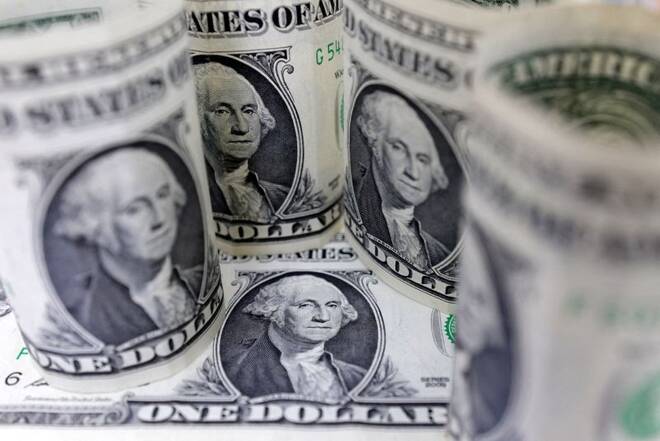Advertisement
Advertisement
Deutsche Bank sees U.S. leveraged loan defaults near record highs in 2024
By:
(Reuters) - Default rates on U.S. leveraged loans will hit a near-record high of 11.3% in 2024, while defaults on euro loans will hit 7.1%, Deutsche Bank said in a note on Monday.
By Chiara Elisei
(Reuters) -Default rates on U.S. leveraged loans will hit a near-record high of 11.3% in 2024, while defaults on euro leveraged loans will hit 7.1%, as the global economic outlook deteriorates, Deutsche Bank said on Monday.
For 2023, however, Deutsche Bank expects default rates to be kept in check given the lack of near-term maturities.
The bank said in a research note it expects a 5.6% default rate in the United States and 3.7% rate in the euro market respectively in 2023.
But it expects default rates to rise from then onwards.
Leveraged loans are usually taken out by companies with already high levels of debt and with below-investment grade credit ratings.
Deutsche Bank analysts said companies with a high total debt-to-earnings ratio will face a significant hit to their profit margins with the U.S. economy likely to slip into a recession in the second half of next year.
This will lead to more distressed exchanges and missed interest payments, triggering an increase in default rates in 2024.
The expected increase in defaults will be accompanied by lower recovery rates, meaning that creditors may only recoup 50-60% of face value if the loans default in the upcoming recession.
On a brighter note for European issuers, leverage, despite being high, has not increased as much as in the U.S. credit markets, while the euro high-yield bond market has higher credit ratings than its U.S. counterpart, Deutsche Bank said.
The bank also suggested that European credits should fare better in the upcoming downturn than their U.S. counterparts as there is scope for the European Central Bank’s Transmission Protection Instrument backstop and additional fiscal spending across the euro area to prevent a larger wave of defaults.
In contrast, Deutsche Bank was less confident about the prospects for renewed quantitative easing by the U.S. Federal Reserve or U.S. fiscal stimulus during the U.S. recession next year due to a deeply divided U.S. Congress and electorate.
Also, because U.S. inflation is expected to remain above 2% when defaults start to rise, the scope for monetary stimulus could be limited.
High-yield bond markets were expected to be more resilient on both sides of the Atlantic, with Deutsche Bank expecting default rates of 2.2% in 2023 and 4.3% in 2024 for the euro market, and 4.5% and 9% respectively for the U.S. market.
(Reporting by Chiara Elisei; editing by Yoruk Bahceli and Jane Merriman)
About the Author
Reuterscontributor
Reuters, the news and media division of Thomson Reuters, is the world’s largest international multimedia news provider reaching more than one billion people every day. Reuters provides trusted business, financial, national, and international news to professionals via Thomson Reuters desktops, the world's media organizations, and directly to consumers at Reuters.com and via Reuters TV. Learn more about Thomson Reuters products:
Did you find this article useful?
Latest news and analysis
Advertisement
